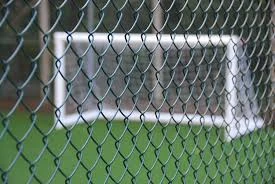

The ecological benefits of proper grassland fencing extend beyond livestock control. Strategic fencing helps mitigate soil erosion by directing animal traffic along desired paths. It also preserves plant biodiversity by preventing overgrazing, a critical factor in sustaining healthy ecosystems. Fencing can create riparian buffers, which protect waterways from contamination caused by livestock access, ultimately contributing to better water quality. Expert insights emphasize the necessity of customizing fencing solutions to the specific needs of the terrain and livestock. Consultation with fencing specialists can provide valuable guidance in selecting materials, designing layouts, and implementing modern technologies tailored to specific environmental conditions. These experts also offer insights into regulatory compliances, ensuring adherence to local laws and promoting community collaboration. Fencing decisions should also consider the psychological well-being of livestock. Well-constructed boundaries reduce stress in animals by minimizing confrontations with predators and eliminating the likelihood of injuries. A happy herd is often healthier and more productive, translating to economic gains for farmers and ranchers. Durability and functionality are not the sole criteria for grassland fencing; aesthetics play a role as well. The visual appeal of a farm can impact community relations and property value. Investing in aesthetically pleasing yet functional fencing solutions can create a positive perception of the farm’s management practices. Grassland fencing demands a commitment to understanding the intricate balance between economic viability and environmental impact. By blending traditional practices with modern technology, we can create sustainable and effective strategies that serve agricultural needs while fostering biodiversity and ecological health. This comprehensive approach ensures that the legacy of grassland management persists, nurturing the land for future generations.
















